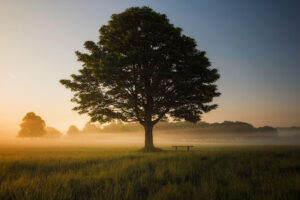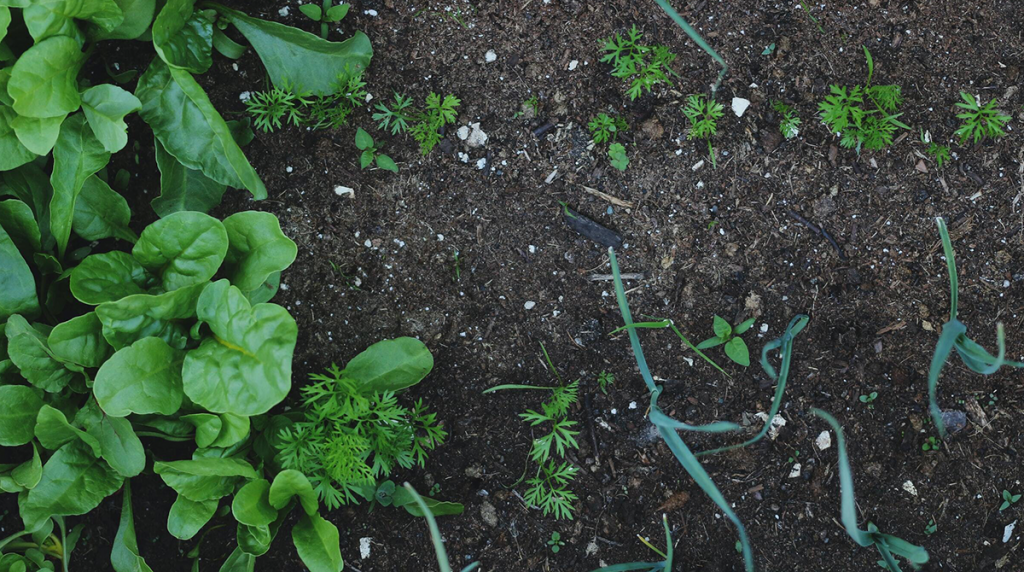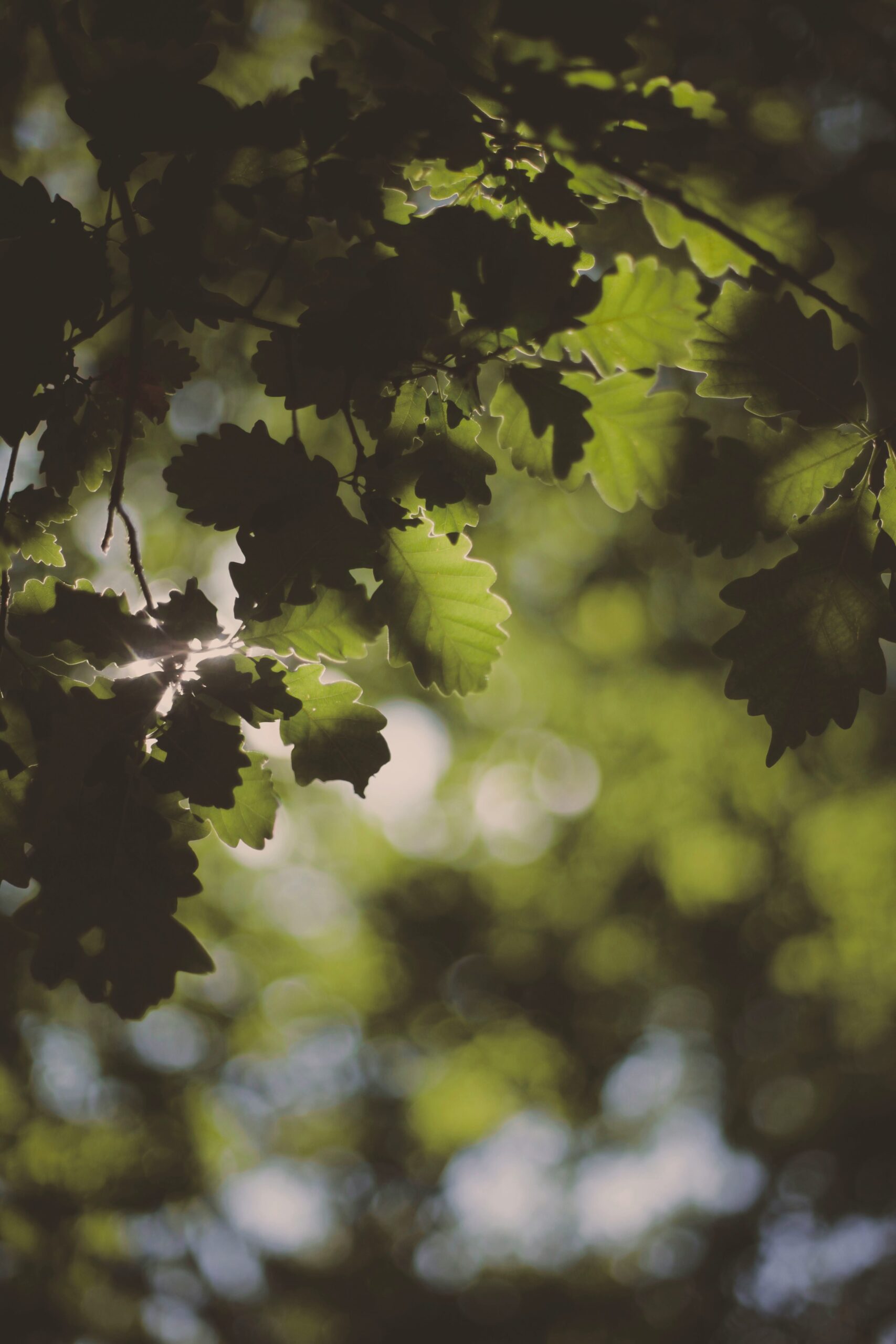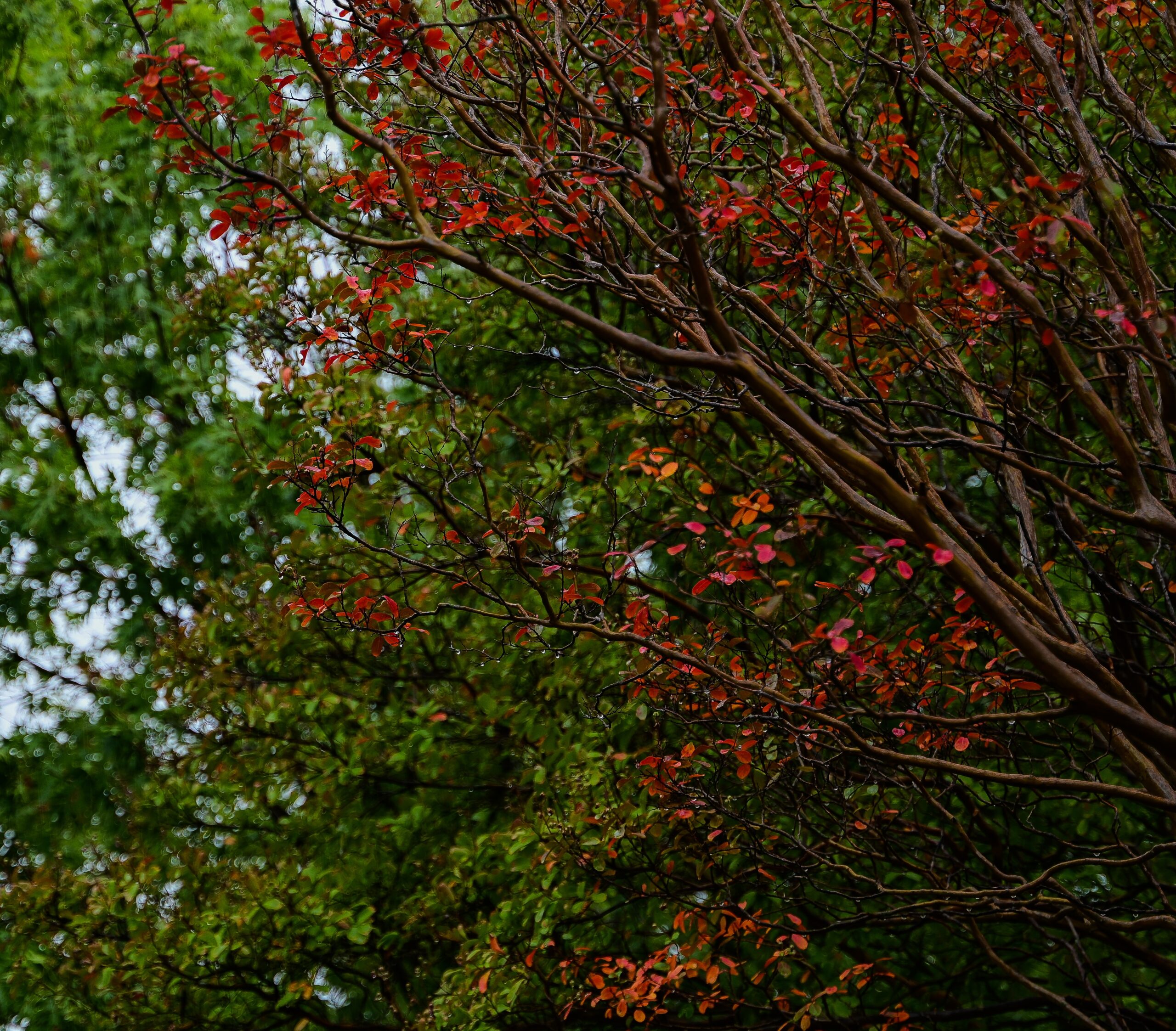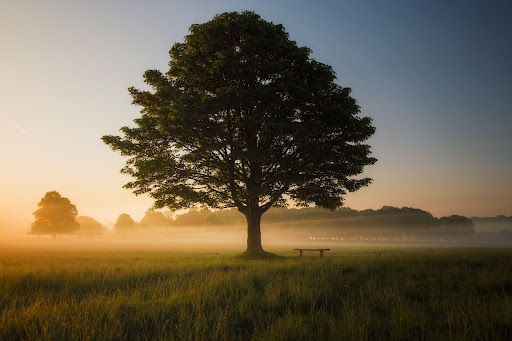
Date May 16, 2023
Fertilizing your trees is an essential aspect of maintaining a healthy and attractive landscape in Dallas. However, improper fertilization practices can do more harm than good. This guide will discuss common mistakes to avoid when fertilizing your trees this spring, helping you ensure optimal growth and overall Dallas tree care. If you’re uncertain about the best approach, consider consulting a Dallas tree company for professional advice.
Photo by Simon Wilkes on Unsplash
Over-Fertilizing
One of the most common mistakes homeowners make is over-fertilizing their trees. Excessive amounts of fertilizer can cause root burn, nutrient imbalances, and even tree death. To avoid these issues, follow the recommended application rates on the fertilizer label, and consider conducting a soil test to determine the appropriate nutrient levels for your specific trees and soil conditions.
Applying Fertilizer at the Wrong Time
Timing is crucial when it comes to fertilizing your trees. Applying fertilizer too early or late in the season can result in reduced nutrient uptake and potential damage to your trees. The ideal time for spring fertilization in Dallas is between late February and early April, depending on the specific tree species and local weather conditions. A Dallas tree company can help you determine the best fertilization schedule for your trees.
Ignoring Soil pH
Soil pH plays a vital role in nutrient availability and overall Dallas tree care. If the soil pH is too high or low, certain nutrients may become inaccessible to your trees, resulting in deficiencies and poor growth. Before fertilizing your trees, test the soil pH to ensure that it falls within the optimal range for your specific tree species. If necessary, make adjustments to the soil pH using lime or sulfur products as recommended by a Dallas tree company.
Using the Wrong Fertilizer
Not all fertilizers are created equal, and using the wrong type can lead to nutrient imbalances and poor tree health. Select a fertilizer with a balanced N-P-K ratio (nitrogen, phosphorus, potassium) that meets the specific nutrient requirements of your trees. Consult a Dallas tree care expert or conduct a soil test to determine the best fertilizer for your landscape.
Fertilizing at the Trunk
Applying fertilizer directly at the base of the tree trunk can lead to root burn and damage. Instead, spread the fertilizer evenly beneath the tree’s canopy, extending from the trunk to the drip line (the outer edge of the tree’s branches). This will ensure that the roots can access the nutrients and promote healthy growth.
Neglecting Proper Watering Practices
Water is essential for nutrient absorption and overall tree health. Fertilizing without providing adequate water can lead to reduced nutrient uptake and potential damage. After applying fertilizer, water the area thoroughly to help dissolve the granules and carry the nutrients to the tree’s roots.
Focusing Only on Fertilization
While fertilization is an important aspect of Dallas tree care, it’s not the only factor to consider. Proper watering, pruning, and mulching are also crucial for maintaining healthy trees. By taking a comprehensive approach to tree care, you’ll create a thriving landscape that enhances your property’s beauty and value.
In conclusion, avoiding these common mistakes when fertilizing your trees this spring will ensure optimal growth and overall health. If you’re uncertain about the best fertilization practices for your Dallas property, consider consulting a Dallas tree company like TreeNEwal for expert guidance. With proper care, your trees will thrive and contribute to a beautiful and vibrant landscape.
